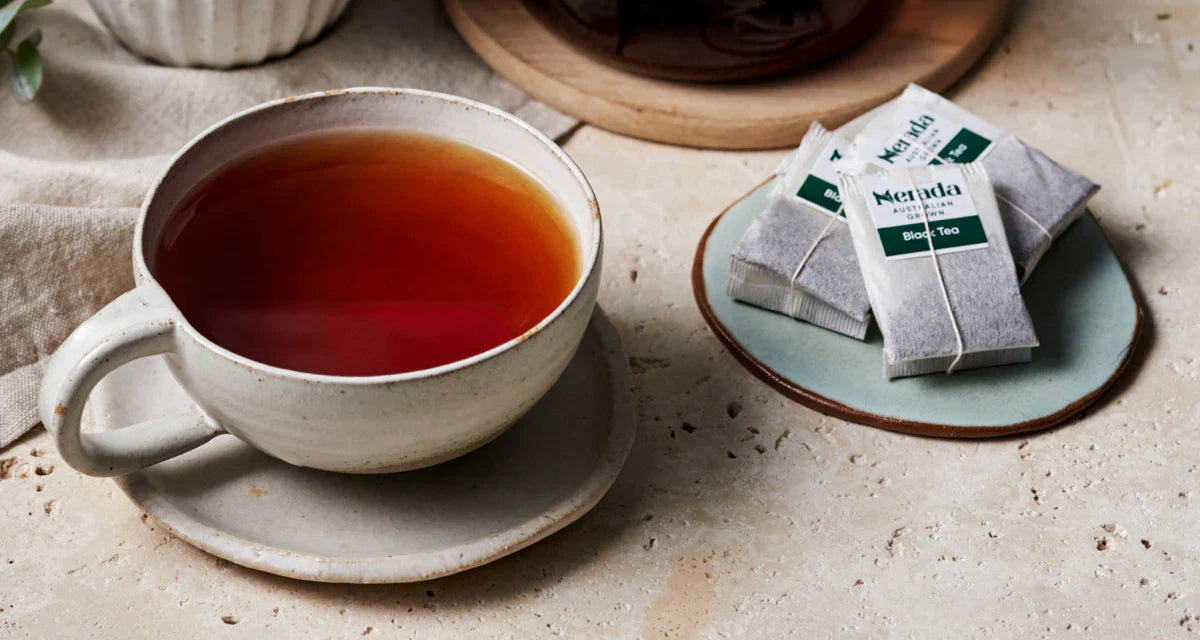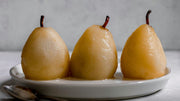What Are Nerada Teabags Made From?
Our filter paper is made from high-quality manila hemp with less than 2% food-grade fibres that allow the bag ...

As a tea-drinking nation, Australia has embraced the humble teabag. Unlike other countries where loose leaf dominates, we love the convenience of a bag in our daily ritual.
The first teabag appeared over 100 years ago when a New York merchant sent tea samples in silk bags. Customers accidentally brewed them whole, and the idea stuck.
In the 1980s, Nerada began producing teabags at our Innisfail factory. Since then, we’ve continued to innovate while reducing our environmental footprint — including becoming the first agricultural enterprise in Australia to achieve Rainforest Alliance Certification.
WHAT ARE NERADA'S TEABAGS MADE FROM?
Our filter paper is made from high-quality manila hemp with less than 2% food-grade fibres that allow the bag to heat-seal safely. Unlike nylon or PET pyramid bags, our paper is fully compliant with Food Standards Australia and considered 100% safe.
We also use oxygen-whitened paper, free from chlorine or harmful chemicals, ensuring no toxins enter the tea or the environment.
As teabags remain Australia’s favourite, our next evolution will focus on making them even more sustainable.
A LOOSE LEAF ALTERNATIVE
Prefer bag-free? Explore our loose leaf tea range. Shop here.
